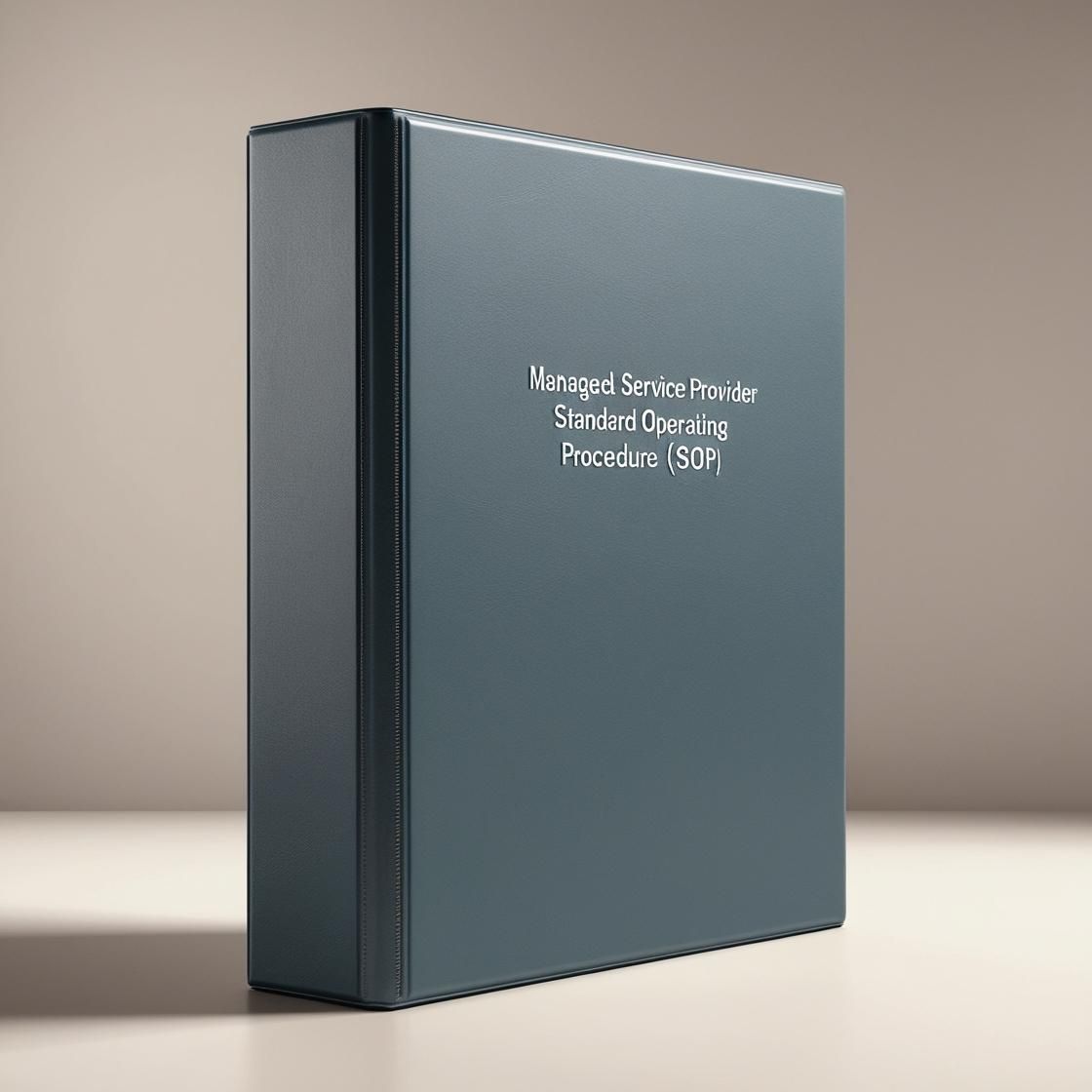How A SOP Can Help Your MSP Grow
Conducting business in today’s competitive, technology-focused environment is becoming increasingly complex. For managed service providers (MSPs) who must stay on top of not only their own market and technology developments but also on the changing landscape of the markets of their clients, standard operating procedures (SOPs) are non-negotiable
SOPs ensure consistency, create organization so that tasks can be easily completed and checked, provide transparency for all key parties, and make communication and training more seamless. Here are several ideas for implementing SOPs that can help MSPs increase efficiency and profits, leading to successful growth in the future.
Overall Creation and Organization
The last thing MSPs need to do is create a huge set of SOPs that no one uses. The first step, therefore, is assigning an owner responsible for the project. That employee should be accountable for creating necessary SOPs, storing and accessing the information, and keeping it updated and retrievable. If someone is looking for a SOP and can’t find it, the owner of the project should know immediately.
Three main categories for SOPs are overall company procedures, technician SOPs and administrative SOPs.
An overall company SOP example is date formats. Everyone in the company should understand how dates should be entered, whether it be numerical with a four-digit year or a two-digit year, by month and year only, or whether the date or the month notation comes first.
For those on an administrative team, consider what daily tools they use and incorporate SOPs into that system. If they access a physical file cabinet every day, each policy or procedure should have a folder for easy location and updating. If they are on an electronic system, procedures should be a selection on their desktops. Every administrative person should be responsible for understanding relevant SOPs for his or her particular job and be responsible for checking and updating those SOPs as needed.
Technicians, in the same way, should have relevant SOPs inaccessible spots. They are more likely to be out at client sites and nowhere near a physical file cabinet. Be sure technical SOPs can be easily accessed from something like SharePoint, which can be tapped from anywhere. That way, when technicians need things like monthly maintenance checklists, new PC procedures or other SOPs, they can instantly pull them up and follow them.

Training and Indoctrination
Remember the mantra: SOPs will be worthless if no one uses them. Once an MSP has created important SOPs and put them inaccessible places, regular training and checking must occur. MSPs should make it clear that all employees are expected to follow SOPs and that in doing so, they will make their jobs easier, help the company run more efficiently, and be rewarded for their efforts.
The creator of a particular SOP should complete the work they are trying to standardize and write down all the steps so that they can be repeated later or by someone else. Once the SOP is in place, one employee should watch another employee complete the steps to make sure they are followed and vice versa. This checking in and training should occur regularly until the SOP is a habit. Over time, certain steps may become unnecessary, or others may need to be added, and the training should be revisited to make sure no one is using the antiquated SOP.
Making Exceptions
Whenever there are rules and SOPs, there must be exceptions. This can be a slippery slope, however, because if too many exceptions are made, there are essentially no SOPs. The first step is working to ensure that SOPs are important, well done, and current. The second step is that employees see management using the SOPs. High-quality SOPs will help everyone, and if management is carefully following them, other employees will follow suit.
However, successful MSPs need bright, thoughtful human beings to make decisions, not robots executing a list of SOPs. As a result, employees should be allowed to make some exceptions when they add value, better serve the customer or simply make more sense in the long-run. For instance, one client-focused SOP may be tackling the highest priority service ticket first. However, if a technician makes an on-site visit and sees that the highest priority ticket can be completed off-site, but the next six items must be completed on-site, there should be an exception made so that the available on-site service time is maximized.
A typical exception that is frequently made, which should not be made at all, is in the area of training. If a SOP is that someone should be trained on a particular task, but an experienced employee or supervisor can simply do it faster and wants to make an exception, the long-run impact is significant. Employees must invest the time in training new or inexperienced co-workers for the long-term good of the company, even if it means some task is completed less efficiently in the short-run.
Conclusion
The bottom line is that SOPs are a worthy investment for MSPs to make. They should provide consistent procedures that will make each day run more smoothly, reduce employee stress, and improve customer service. Quality SOPs should not simply be an outdated paper trail or internal red tape, but instead a way for everyone in the MSP to stay on the same page and push forward in the same direction. In doing so, SOPs can be a great way to propel MSPs into a more successful future.
